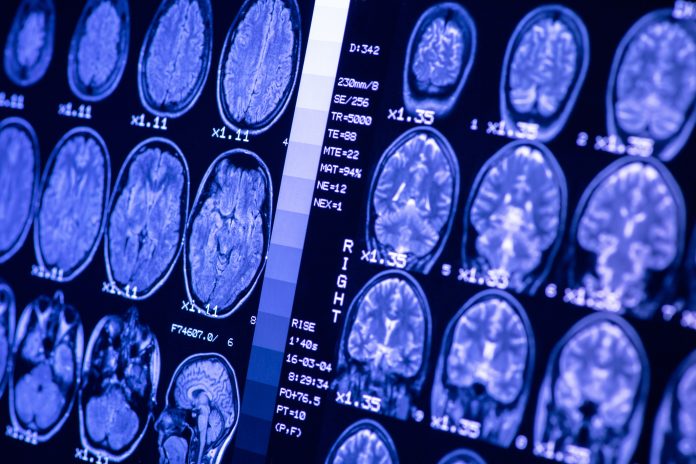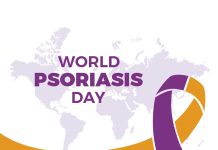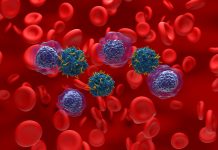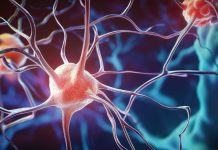The Dutch company has created a device for the early detection of Alzheimer’s disease, and it is on its way to developing preventative drugs
In 2019, Maria Tsamou, the chief scientific officer at ToxGenSolutions, obtained human blood samples at a Greek hospital from people with mild cognitive impairments to test for a microRNA profile that her team thought might be associated with the early onset of Alzheimer’s disease (AD). All the results from her tests of the experimental group were positive – but she also got positive results from almost half of the control group. Discouraged, Tsamou and her team thought the experiment was a failure. However, when she discussed the results with a professor working with the same group of patients, he mentioned that she had received early samples from patients participating in a six-year study. Few of the participants who had tested positive in the control group had since developed AD. Their diagnostic test for the early onset of AD has worked after all.
Challenges in AD diagnosis
ToxGenSolutions started with the hypothesis that an AD diagnosis happens far too late for any meaningful intervention. “By the time people are diagnosed with AD, their brain looks like Swiss cheese,” says Roggen. He describes the process of a typical AD diagnosis: a patient experiencing forgetfulness usually begins with a questionnaire administered by a physician, which results in a score that might provide a diagnosis of cognitive impairment. Typically, a patient is asked to return a few months later for a follow-up appointment, which can sometimes stretch into a year. Eventually, when the physician is confident that something is wrong, a painful lumbar puncture is administered to test for proteins in one’s cerebrospinal fluid. If the results are positive, the patient then undergoes MRI or PET scans. “It can take a year or two before one is actually diagnosed,” says Roggen, and it is very expensive.
A diagnostic solution for early detection of Alzheimer’s
ToxGenSolutions is developing a diagnostic device that can measure microRNAs in a drop of blood, tears, or skin fluid and identify signs of AD within moments. In addition, it can identify the disease up to six years before onset, and they’re hoping they can move that window to ten or 15 years before onset.
They are not stopping at the development of this test, which will be submitted to medical agencies for approval later this year. Roggen leads an international team based in the Netherlands focused on three major goals: early detection of AD, production of a device for doing so, and administration of a therapy. “We want to use our insight from the diagnostics and the computational part, first, to identify patients as soon as possible, and then to develop potential preventative drugs,” says Roggen. “It doesn’t make sense to have an early diagnosis if you don’t have any drug to treat it.”
How it works: Early detection of Alzheimer’s disease
MicroRNAs are small molecules that exist within genes or between genes and can fine-tune their expression. When a chemical from an environmental factor hits a cell, both the genes and the microRNAs are affected, resulting in either an upregulation or downregulation of the gene.
Whereas one’s genes and chromosomes are fixed, microRNAs are expressed in a moment and are constantly changing. ToxGenSolutions zeroed in on microRNA as a key arbiter between genes and environmental chemicals, responsible for the onset of a disease like AD, which is caused by the interplay between genetic and environmental factors. “AD is not a problem of pathologic genes, but dysregulated genes,” says Roggen.
Early in their research, ToxGenSolutions found some microRNA molecules that were only present in patients with mild cognitive impairments and were different from the microRNA molecules present in Alzheimer’s patients. With their test, they can analyze blood, tears, or hypodermal fluid for the microRNA patterns that they have associated with early cognitive decline and confidently predict whether or not one will develop mild cognitive impairment or Alzheimer’s disease.
Developing a drug to control the interplay between microRNA and gene expression
Now that ToxGenSolutions has discovered a microRNA profile associated with pre-Alzheimer’s disease, they are considering how to hack into the processes and pathways between microRNAs and genes. They’re looking at the impact of environmental chemicals with the hopes of using a drug to control the interplay between microRNA and gene expression.
They are convinced that their solution is an improvement on models of therapy that use stem cells or monoclonal antibodies. We could do what they did with Parkinson’s disease years ago, where they injected stem cells and saw an improvement, but then the cells started dying, of course, because if you don’t remove the reason why the original cells are dying, new cells will die as well.
Furthermore, Roggen sees the monoclonal antibody approach, often favored by pharmaceutical companies, as risky. “With Alzheimer’s disease and dementia in general and so many other chronic diseases, chronic inflammation is a driver. It’s a risk factor to add an antibody onto a cluster of proteins or a bacteria or virus because the first thing that happens is an inflammatory response that starts the immune response,” says Roggen.
We want to work with a chemical solution that will pass the blood-brain barrier and not trigger an inflammatory response,” says Roggen. They are encouraged by developments in cancer research where microRNA therapy is being used to stop processes and kill cancer cells.
Creating a drug to prevent AD
Although ToxGenSolutions is developing a diagnostic device for identifying a microRNA profile associated with the development of AD, they are still on a journey toward creating a drug to prevent AD. “We have identified model drug targets, and we are putting them in a computer system and screening them against 50,000 chemicals”, says Roggen. Many of these chemicals are repurposed, including chemicals that may have been on the market and tested in clinical trials.
ToxGenSolutions is developing a consortium with expertise in silico and in vitro toxicity and efficacy screening, for example via human Brainspheres, which bring together
human brain cells in a 3D structure. They will use this to test whether their chemicals are toxic. For the drugs that they determine to be safe and non-toxic, ToxGenSolutions will take them apart and induce neurodegeneration with environmental chemicals. “Then we will give the drug and see if it can stop and preferably reverse the process,” says Roggen. Once they have a drug, they’re confident that it will be effective. “MicroRNAs react within 30 minutes after you introduce a drug,” says Roggen. They expect to reach this milestone by 2028.
ToxGenSolutions is an ambitious company already on the path to tackling AD. Their diagnostic test could radically reduce the timeline of diagnosis and create opportunities for early treatment. Their research around microRNA therapy shows promise at altering the underlying causes of Alzheimer’s disease by targeting the interaction between genes, environmental chemicals, and various chronic diseases. Furthermore, their ambitions extend beyond AD. They are building a database with the microRNAs of all diseases with a chronic vector, like Alzheimer’s and Parkinson’s. “We’re building a very big network to show the interaction and pathways between microRNAs, genes, and different diseases,” says Roggen. “It is our dream to find the one golden bullet that can address all these chronic diseases.”

This work is licensed under Creative Commons Attribution-NonCommercial-NoDerivatives 4.0 International.








